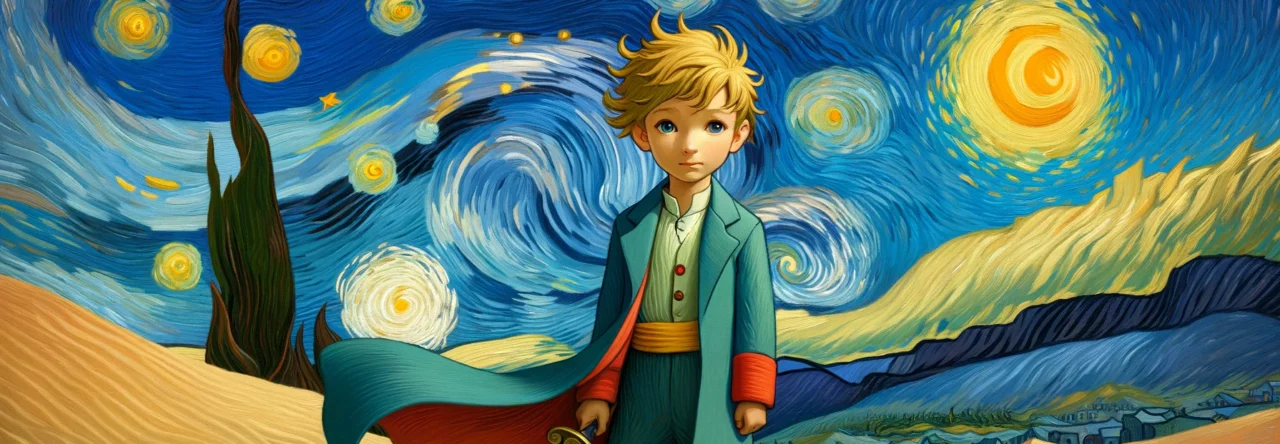
Fǝnde’fǝ Ulye Ntu’, in Babanki language.
Babanki, also known as Kejom, is a fascinating Grassfields Bantoid language spoken predominantly in the North West Region of Cameroon, particularly in the Babanki Tungo and Babanki Tungoh villages. As part of the Southern Bantoid subgroup within the expansive Niger-Congo family, Babanki is closely related to other Grassfields languages such as Kom, Nso’, and Bum, sharing deep historical and structural ties. These languages, though distinct, form a rich linguistic mosaic shaped by centuries of intergroup contact, trade, intermarriage, and shifting alliances in the hilly, fertile regions of the Cameroon Highlands. Babanki, like many of its linguistic cousins, is tonal and agglutinative, with a complex noun class system that echoes the broader Bantu legacy, yet it also bears unique phonetic and grammatical features that set it apart.
Historically, the Babanki-speaking communities trace their roots to migratory movements and clan formations that solidified their place in the Grassfields cultural tapestry. Oral traditions recount histories of chieftaincies (fondoms), ancestral lineages, and territorial negotiations, reflecting a deep sense of place and identity. The Babanki society is structured around the fondom, a centralised chieftaincy system where the fon (chief) holds political, spiritual, and social authority, mediating disputes, overseeing rituals, and serving as a living symbol of communal unity. Culturally, Babanki life is rich in ceremonies, dance, music, and oral artistry; traditional festivals are marked by elaborately costumed masquerades, drumming, and call-and-response singing that reinforce social bonds and ancestral continuity. The language plays a central role in these cultural expressions, encoding intricate systems of respect, hierarchy, and belonging.
However, like many minority languages, Babanki faces pressures from larger regional and national languages, particularly English (due to Cameroon’s colonial history). Within the broader family of Bantoid languages, Babanki offers a unique window into the Grassfields’ linguistic and cultural diversity, standing as a testament to the adaptability, creativity, and resilience of a people whose heritage continues to pulse through their ancestral hills and communal life.


